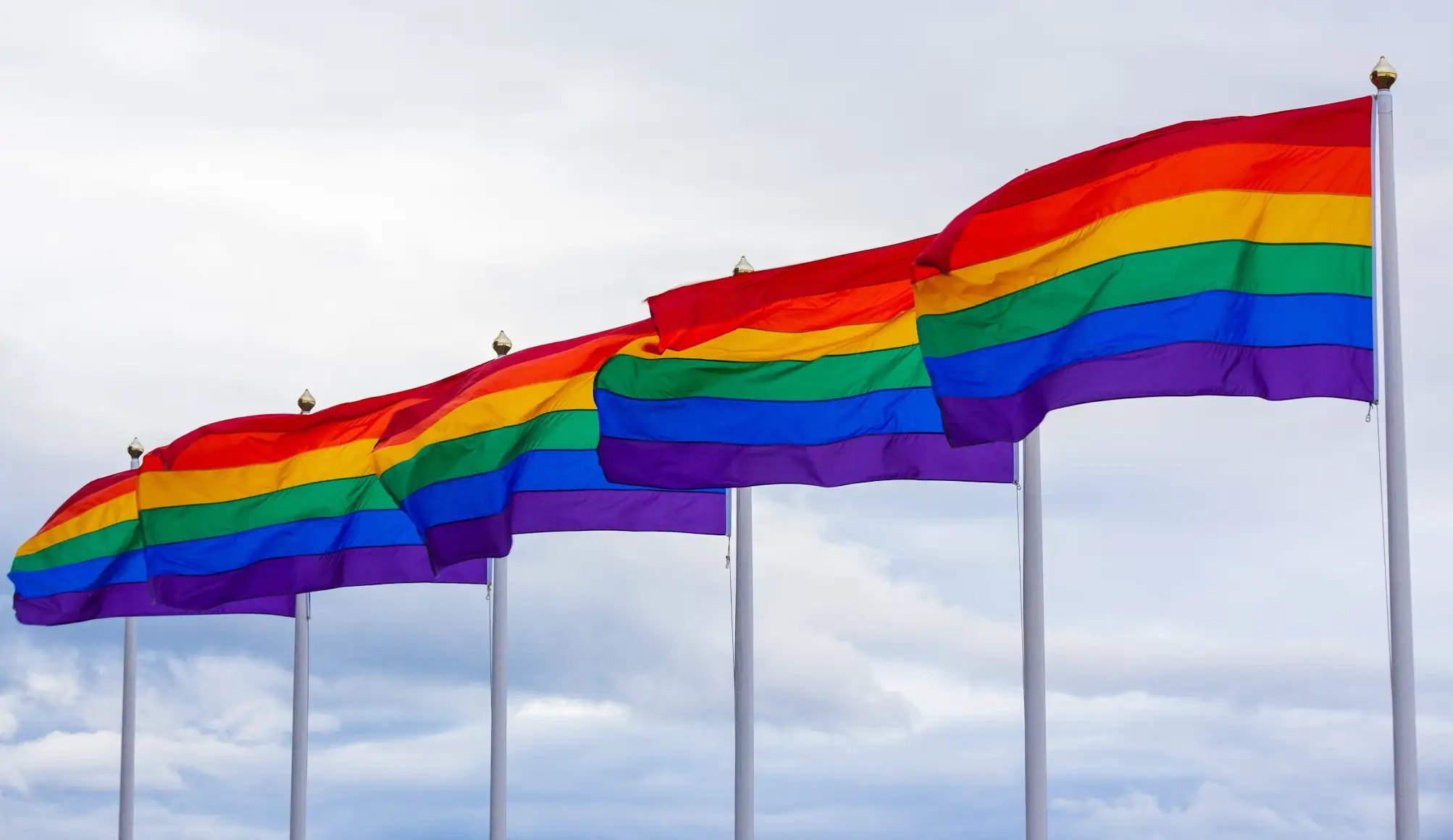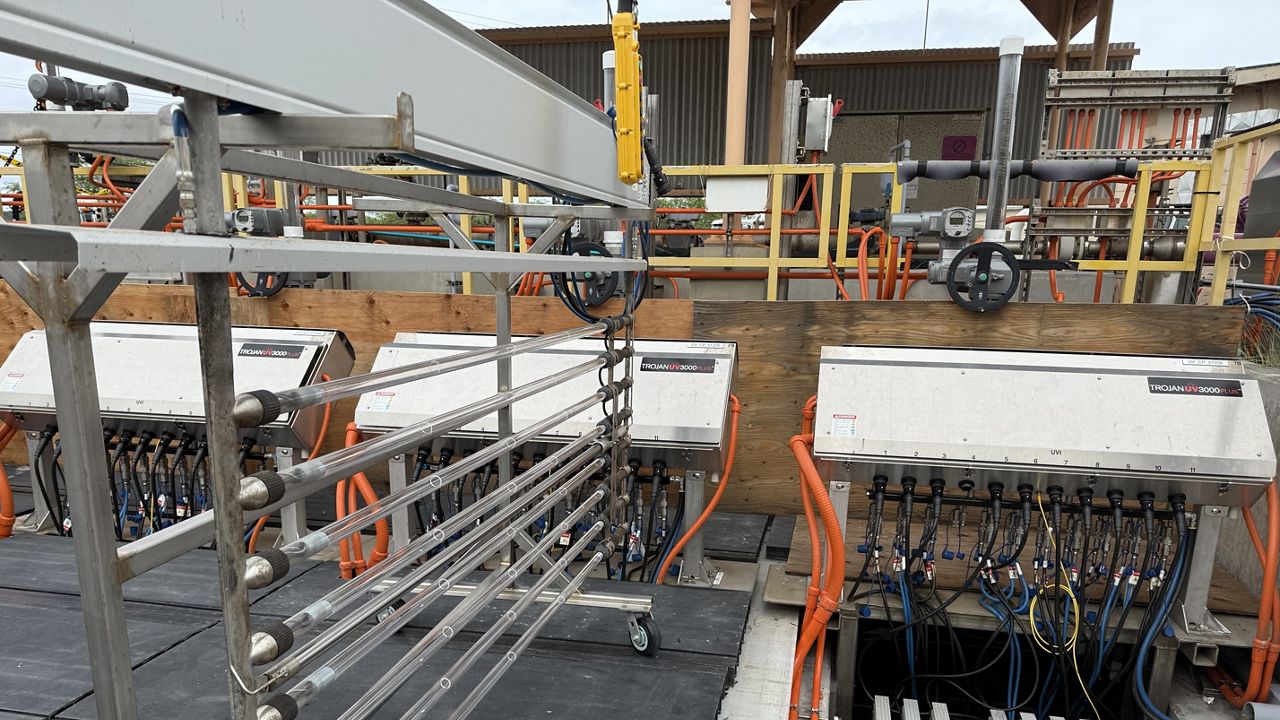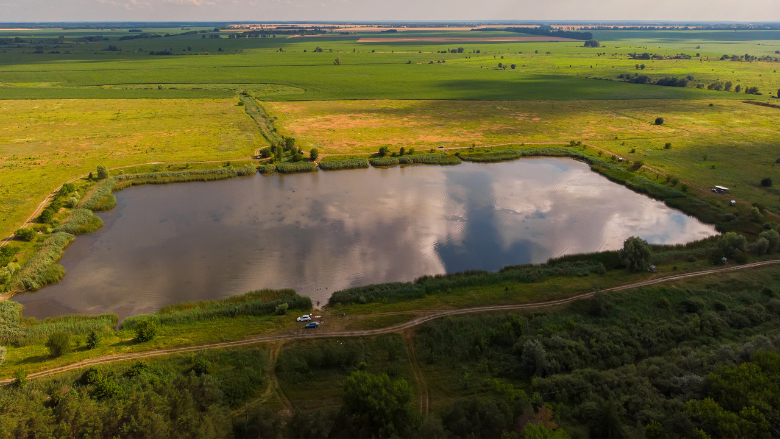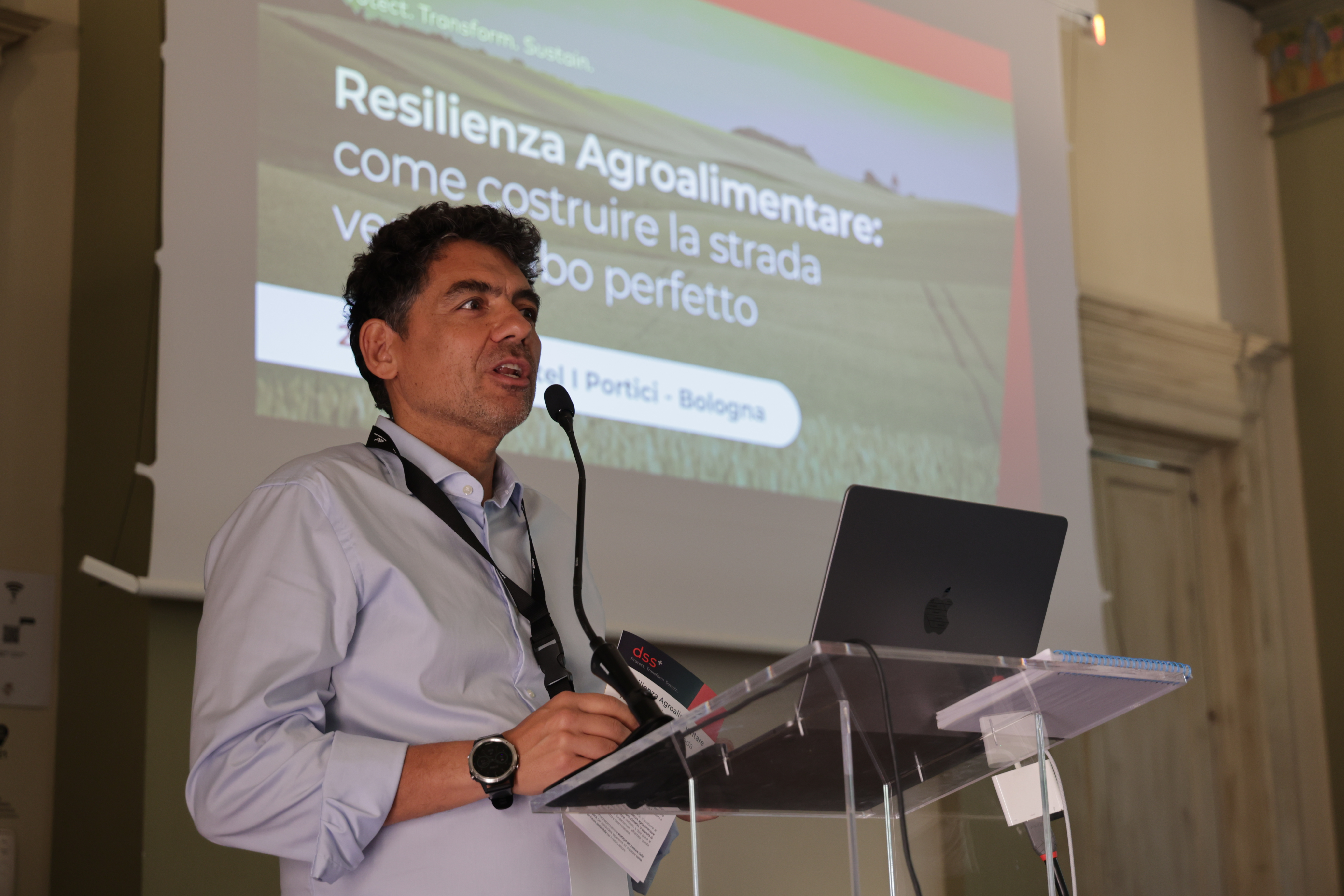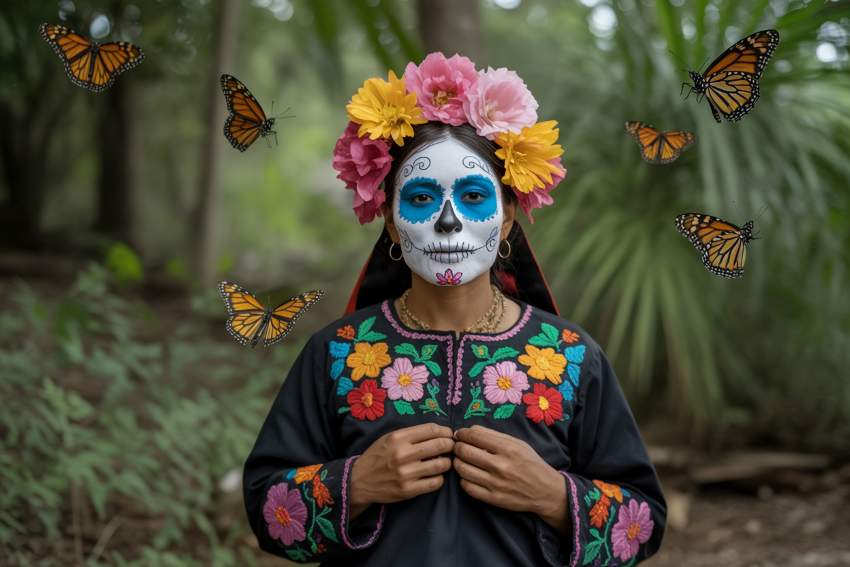Interview: Ian Hutton & The Sustainable Lord Howe Island Museum
Showcasing the island’s natural and human history is the Lord Howe Island Museum, which was founded in 1978 as a community center for promoting the island’s World Heritage values and to record, conserve, and present the unique cultural values of the community, stretching back one and a half centuries documented in books, photographs, and cultural objects in its collections.
Lord Howe Island Group (LHIG), an Australian island group in the Tasman Sea east of Port Macquarie, is one of the most beautiful islands in the Pacific and an iconic tourist destination.
The Lord Howe Island Group was inscribed on the World Heritage Register in 1982 under the United Nations' World Heritage Convention in recognition of its superlative natural phenomena and its rich terrestrial and marine biodiversity as an outstanding example of an island ecosystem developed from submarine volcanic origin containing a unique biota of plants and animals, as well as the world’s most southerly true coral reef.
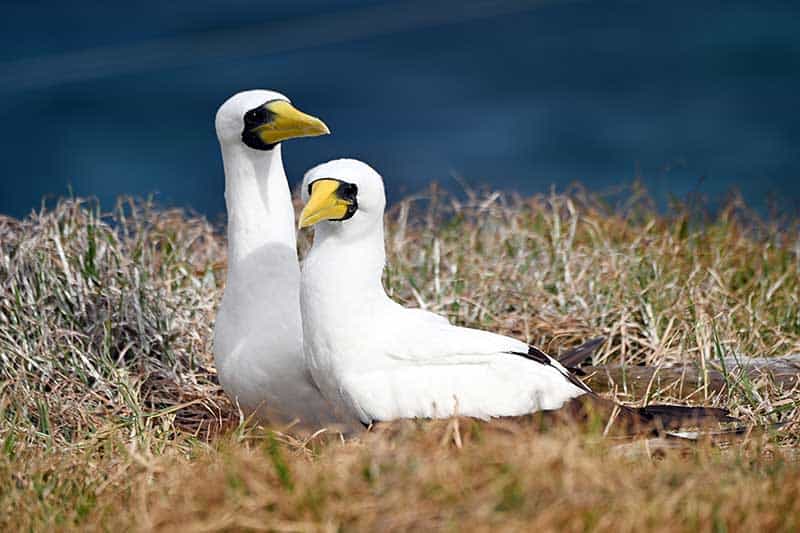
It is an area of spectacular and scenic landscapes encapsulated within a small land area. It provides important breeding grounds for colonies of seabirds as well as a significant natural habitat for the conservation of threatened species.
The same year, to preserve the Island's native flora and fauna, the Lord Howe Island Permanent Park Preserve (LHI PPP) was created in accordance with the Lord Howe Island Act 1953 and the National Parks and Wildlife Act 1974.
As luck would have it, 1982 was also the year the Museum’s curator, Ian Hutton a Naturalist, Photographer, and Conservationist (https://ianhutton.info), arrived on the Island too. Ian explained,
"living on Lord Howe Island is like living inside a David Attenborough documentary. From the beginning, I set out to emulate the great naturalist, exploring and documenting the Island’s diverse habitats, marine life, plants, birds, and weather patterns. As there is little I enjoy more than the chance to share my passion for the island and its environment with others, I have led innumerable private tours, day walks, and multi-day trips, Weed Eco Tours, sharing my passions and knowledge of the island’s natural history with visitors to Lord Howe Island.”
The museum was upgraded in 2001 to a standard befitting the Island’s status as a World Heritage Site with two galleries. The James Dorman Historical Gallery uses artifacts, models, and paintings to tell the story of human history on the Island, dating from 1788. The Ian Kiernan Environmental Gallery uses colorful, informative displays to illustrate and explain the island's geology, flora, fauna, and marine life over millennia.
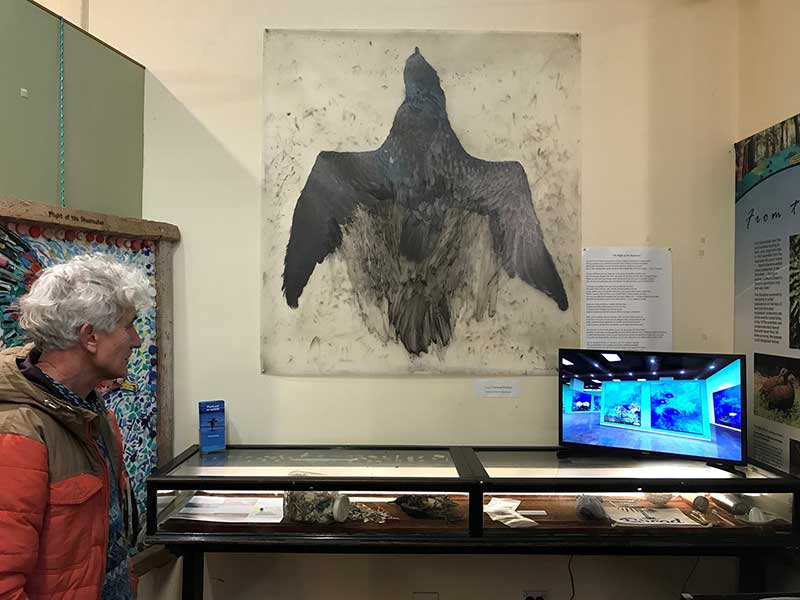
The Museum -- part of the museum and galleries of NSW -- holds the world’s largest single collection of books, maps, journals, and documents related to Lord Howe Island.
In 2002, Ian was appointed as the part-time curator of the Museum and has overseen and coordinated many changes during the last twenty years in that role.
A gifted photographer, Ian recorded the raw beauty, birds, marine life, and plants of the island published in over 12 books and field guides on Lord Howe Island.
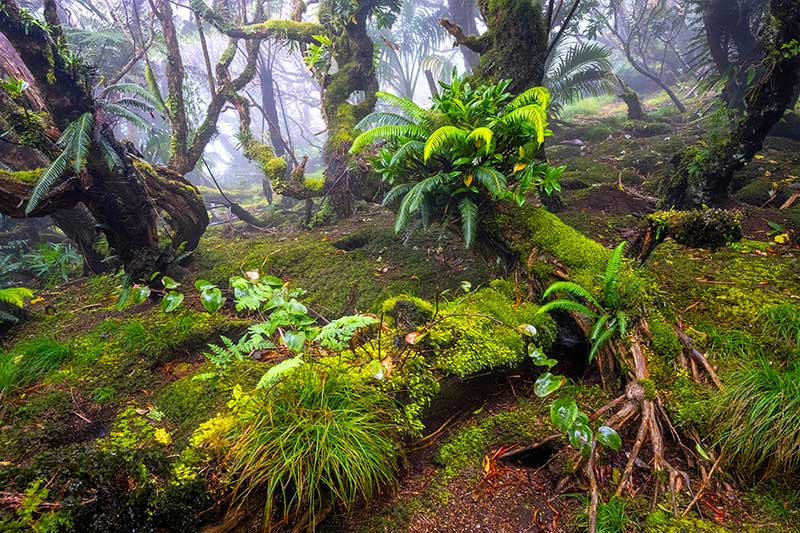
He played an important part in preserving Lord Howe Island’s ecosystem, spearheading eradication projects to rid the island of the feral weeds and rats that threatened the Island’s delicate balance.
Ian worked with universities, botanic gardens, and museums from around the world, contributing to numerous documentary films and research papers on Lord Howe Island’s unique ecology.
In 2003, Ian began a project to digitize the photo collection, and over 6,000 photographs and some thousands of documents have been scanned and digitized thus far (view the gallery here).
Twice a week, Ian lectured at the Lord Howe Island Museum about the Island’s history, conservation, flora, and fauna. In 2006, he was awarded a Medal of the Order of Australia (OAM) for services to conservation and tourism on Lord Howe Island.
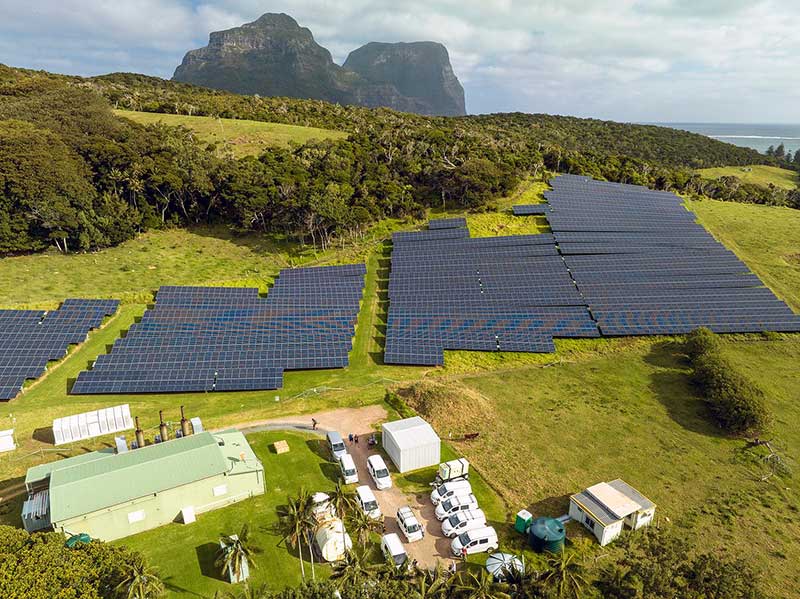
In 2021, the Lord Howe Island began running on 1.2 MW of solar PV generation with over 3.2 MWh of battery storage: this reduced emissions and improved financial and environmental sustainability. The same year, Ian was awarded an Honorary Doctorate in Environmental and Physical Sciences by Southern Cross University, recognizing his lifetime contribution to the island's ecology.
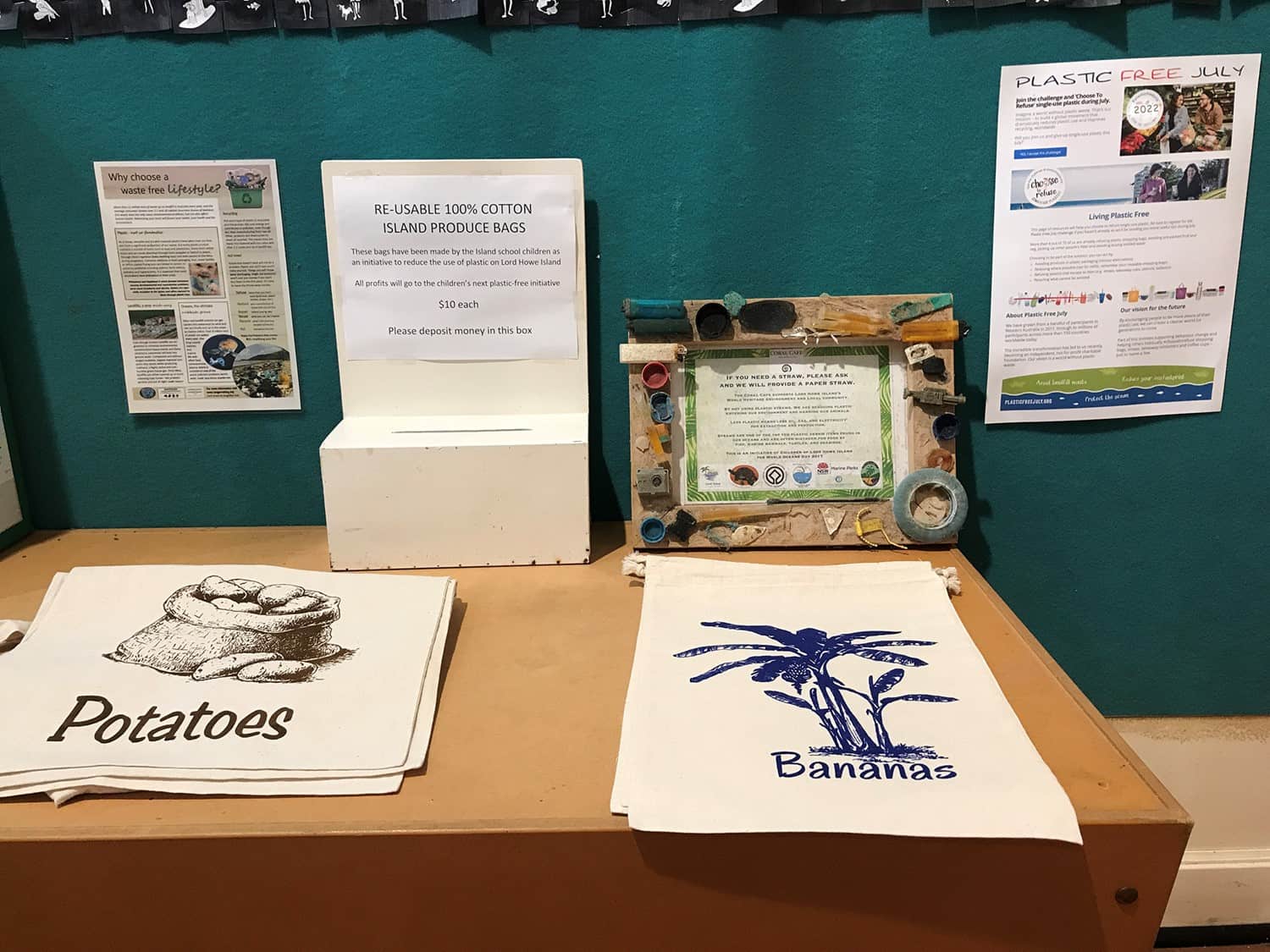
While Lord Howe Island and the Museum have taken measures to mitigate the impact of climate change on the environment, research data from the International Union for Conservation of Nature (IUCN) offers a meticulous perspective on the state of wildlife conservation across nations. The data casts a spotlight on Australia, the top third country with the most animal diversity and the top third country with the highest number of threatened animal species, ringing alarm bells.
“The extinct Horned Turtle became the logo of the museum (Meiolania platyceps). This creature used to roam around the low parts of the islands until about 120,000 years ago. Its fossil bones had been collected from the 1850’s, but a find in 1972 recovered a complete fossil skeleton. The AMNH prepared the bones to make a full sized model of this skeleton, which is on display at the museum.”
Explained Ian. Adding
“I am deeply grateful to have been able to live and work on Lord Howe Island for over four decades. The museum is open all year round, 7 days a week, from 9am daily. Even if you cannot visit, you can browse through our Museum’s website and learn about our latest exhibitions, animal and plant factsheets, citizen science and education programs, and even the Island’s solar energy dashboard LHI Board’s live-linked dashboard."
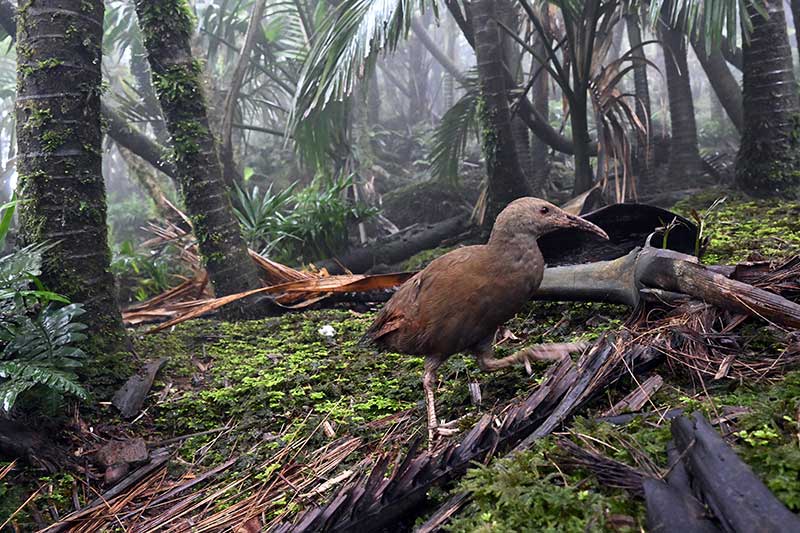
What is Your Reaction?
 Like
0
Like
0
 Dislike
0
Dislike
0
 Love
0
Love
0
 Funny
0
Funny
0
 Angry
0
Angry
0
 Sad
0
Sad
0
 Wow
0
Wow
0







